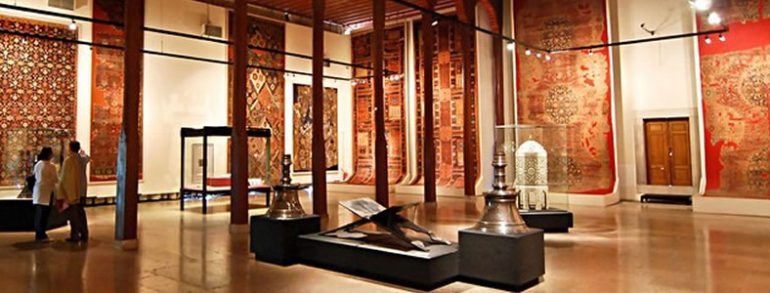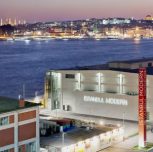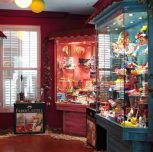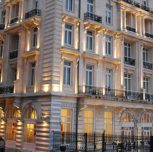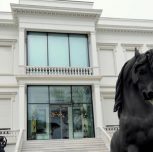The Museum of Turkish Calligraphic Art is the first and only calligraphy museum in Turkey. The Museum was first opened in the madrasah of Sultan Selim located on Vatan Street in 1968. After the Bayezid Madrasah was restored by the Directorate of Religious Endowments, it was moved there and opened to visitors on October 28, 1984.
Within the collection of the Museum of Turkish Calligraphic Art, are Qur’ans written in of muhakkak, nesih, and küfi scripts. There are also handwritten manuscripts written in Indian and Moraccan scripts, as well as sheets, sultans’ signatures, symertic (aynali) manuscripts, madrasa diplomas, hilye-i sherifs [the attributes of the Prophet Muhammed(s.a.w.s)], and miniatures.
In the Holy Relics Section of the Museum, there are a Ka’bah cloth, the Prophet's (s.a.w.s.) beard (sakal-i sherif), a bottle in which some soil brought from the grave of the Prophet (s.a.w.s.), as well as miniatures depicting scenes from the cities of Madina, Mina, Muzdelife. Miscellaneous documents belonging to various religious orders, family trees, reedpens, which are historically and spiritually important works, enrich the collection of the museum.
Also on exhibit are examples of calligraphy by Sultan Abdülmecid (1823-1861), Ahmed III (1673-1736), and Mahmut II (1785-1839). There is a reading desk (rahle) made of rosewood and a walnut-tree, on which the Qur’an was read, owned by Sultan Abdulhamid II (1842-1918) which still continues to attract the attention of both foreign and domestic visitors. As such, the museum is one of the many historical places on the peninsula of Istanbul.


